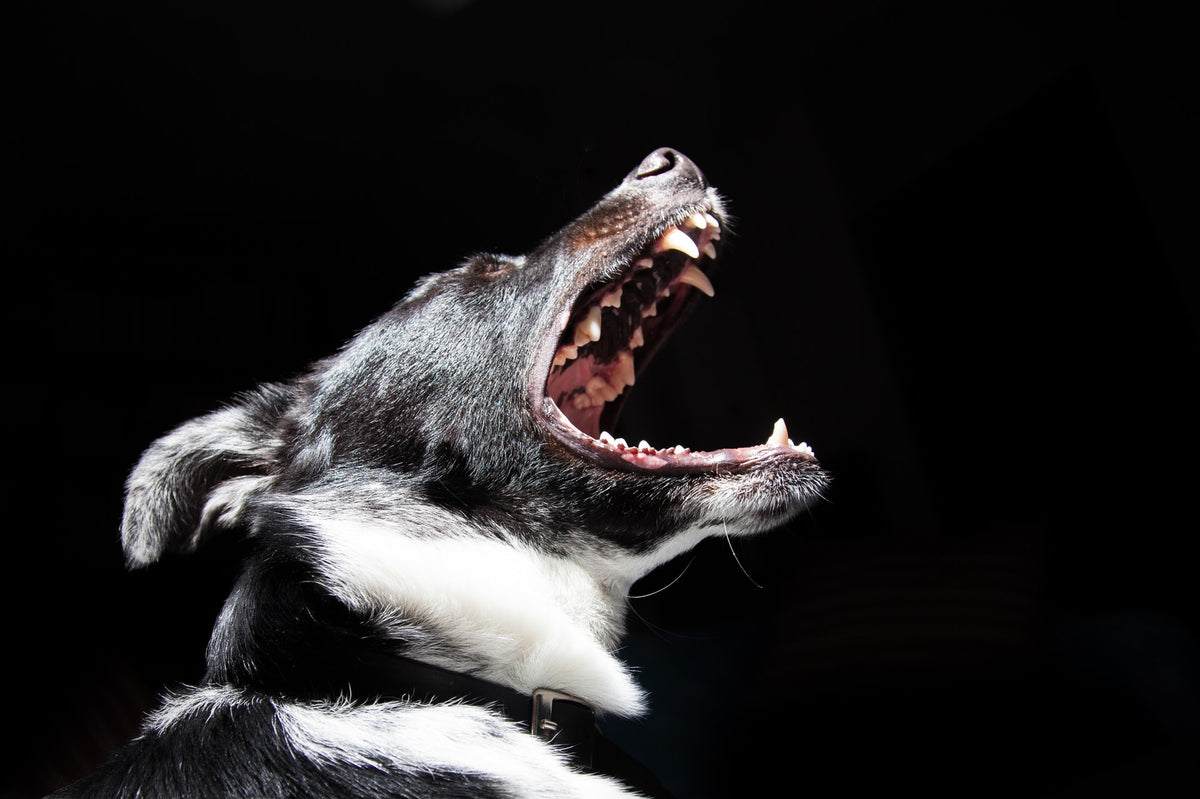
Dog bites should not be ignored. It poses a huge health risk to the communities and society. According to The American Veterinary Association, there are 4.5 million people who get bitten by dogs every year.
If you live with dogs or live around dogs know the risks and learn how to enjoy being with dogs without getting bitten.
Why do Dogs Bite?
Dogs bite for plenty of reasons, but it is usually a reaction to something. Dogs bite because they are scared or because they feel threatened. They bite to protect something valuable to them like food or a toy.
Here are other reasons why dogs bite:
- The dog does not learn bite inhibition yet; thus it bites the victim by accident.
- The dog views the person as a prey item because of the actions the person has done.
- The dog is grumpy and is experiencing a bad day.
- The dog is protecting its resting place.
- The dog is protecting its puppies.
Warning Signs that Your Dog Might Bite
After a dog bites, the person who has been bitten will say that he or she don't have any idea why that happened. However, there is a good chance that the dog is already warning the person and he or she doesn't know the signs.
Yawning, Licking and Avoiding Eye Contact
This is one of the first signs that your dog is uncomfortable. These signs do not necessarily mean that a bite will happen, but it indicates that your dog is anxious so the person needs to back off. If the dog isn't able to find a way to get rid of themselves from the situation, the dog could bite.
Wagging Tail
A wagging tail is a sign that your dog is happy, so why is it a sign that they'll bite? Wagging of their tale is a sign that they are happy, but it is also a sign that they are on the edge. So how can you tell one from the other? Simple. If the dog wags not only the tail but the whole body, it is a sign that the dog is happy and is too excited to stay still. If the dog is about to bite, their tails are raised slowly and their body is perfectly still. This shows that your dog is in an uncomfortable situation.
Fur Stands Up
Another sure sign that the dog is about to bite is when you see a raised fur. When the dog feels threatened, the fur on the back or the neck may stand up.Rigid Body
When the dog is happy, every part of their body is relaxed. If the dog is on the edge, every muscle of their body is stiff. Their ears will be perked, they will be standing square and the tails are raised as if it is frozen. This shows that the dog is uncomfortable with the situation around them.
The White of the Eyes Are Visible
When a dog is relaxed, the whites of their eyes are hidden. When you can see the whites of their eyes, it shows that the dog is about to bite. If the dog feels threatened, they will not take their eyes off the threat and will maintain intense eye contact. No matter how they move their head, their eyes stay locked on the target that is why you are able to see the whites of their eyes.Your dog will not be able to tell that they are uncomfortable in a situation, so take note and back off when the dog displays these signs.
What Should You Do If You Get Bitten By a Dog
When a dog bites you or someone you are with it is best to stay as far away to the dog as possible. This prevents further attack and injury.- Press on the wound gently to cause bleeding. The helps flush out as many bacteria as possible.
- Wash the wound. Use mild soap and water.
- Use a clean cloth to slow the bleeding process.
- Apply antibiotic cream.
- Wrap the wound in a sterile bandage. Keep the wound bandaged.
- Go to your nearest doctor immediately.
Report the incident
Anyone who has been bitten has a risk of contracting rabies. You should contact the animal control agency or the police department particularly if you don't know the dog, or the dog looks sick.
Contact the owner and make sure that the dog has updated rabies vaccination. As proof, ask the owner about their name, and contact information, rabies vaccine license number and the name of the vet.
Teach Your Dog Not to Bite
Training your dog not to bite involves a lot of training and the key here is to improve your dog's confidence. Here are some ways you can teach your dog not to bite:
Spay or Neuter Your Dog
Spaying or neutering your pet can have a lot of benefits to your dog's health, and one of which is that it prevents aggression. It makes your dog calm and greatly reduces their desire to bite.
Teach Your Dog to Socialize
If your dog is just a puppy, introduce your pet to places, people and situations as early as possible. A well-socialized pet is far less fearful and helps decrease the risk of aggression.
Work with your Obedience Training
When your dog is obedient, it will be easier for them to control. With obedience training, you can use specific commands to keep your dog focused on the situation in which they are uncomfortable. When you are able to control the situation, your dog is less likely to bite.
Diseases from Dog Bites
Around 50% of the dog's bite causes bacteria. An unvaccinated dog can cause the person who has been bitten to have rabies. There are over 60 different types of bacteria present in the dog's mouth, but only a few of them can make you sick. Dog bites can cause any of the following diseases:Rabies - this is the most serious and the most common disease people get from dog bites. Rabies is a type of virus usually spreads when the dog bites and the saliva comes in contact with the person's skin. The person bitten has less risk of getting rabies if the dog is vaccinated.
Pasteurella - This type of bacteria is common in bite wounds. It is a painful, red infection visible present at the site of the bite. The bacteria can cause serious problems for the person who has a weak immune system.
Tetanus - This is a type of toxin produced via a bacteria called Clostridium Tetani. Tetanus causes paralysis and could cause serious problems particularly when the wound is deep.
Methicillin-Resistant Staph Infection (MRSA) - This type of staph infection is resistant to certain antibiotics. The bacteria can cause lung, skin, and urinary tract infection. If MRSA is spread to the lungs or the bloodstream, it could cause life-threatening infections.
